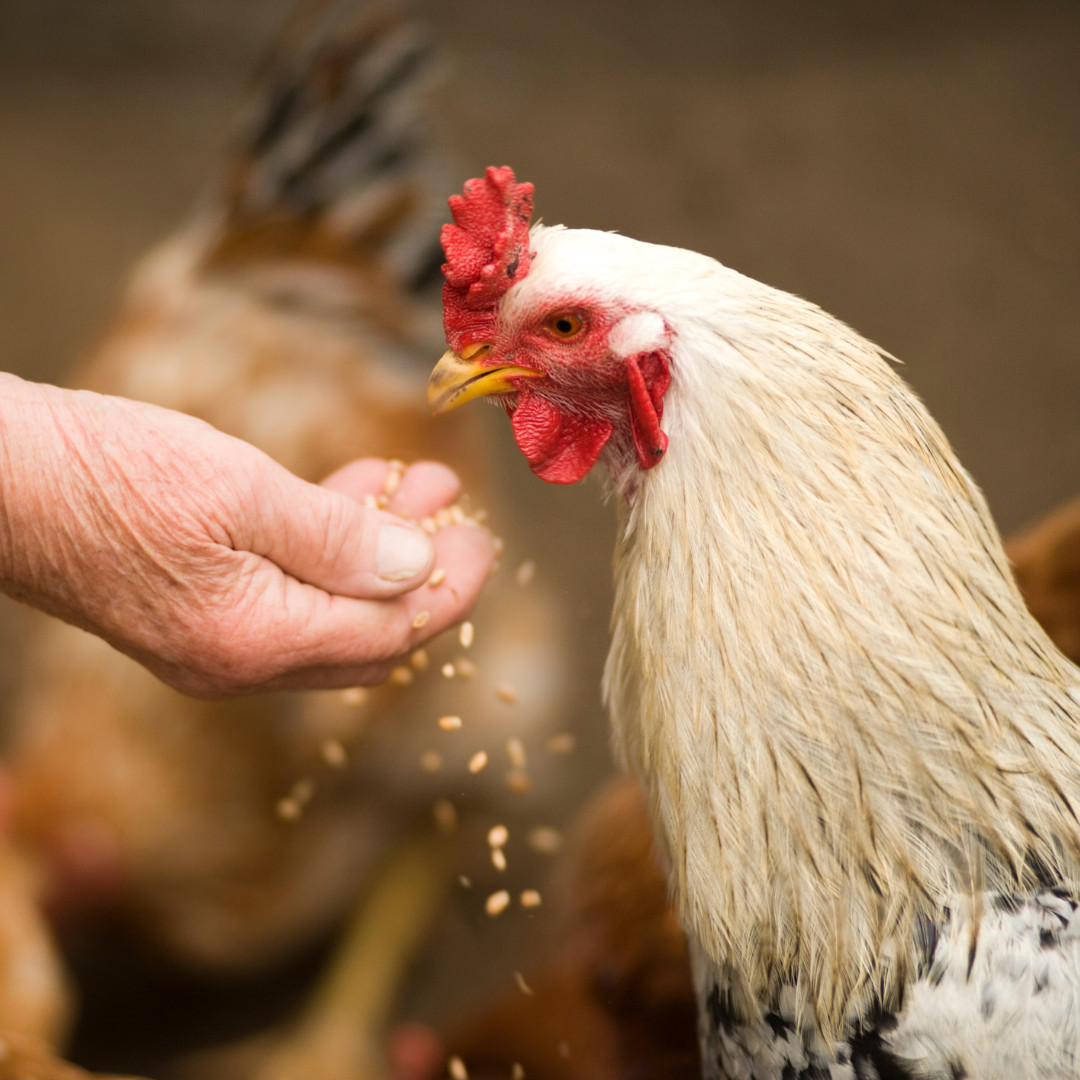
This post may contain affiliate links, which means that I may receive a commission if you make a purchase using these links, with NO additional cost to you.
What’s a homestead without poultry? Poultry is one of those gateway animals to the homesteader. They are a source of protein, bug control, and compost turners. As with any animal, however, there are a few common problems that can happen. Below I’ll describe the common problems and solutions including pasty butt, egg breaking, pecking each other, and not laying.
With baby poultry the big thing to watch for is pasty butt. Simply put, this is where the poop starts to build up and then covers the exit. Simply take a damp cloth, soak the butt and wipe the poop away. For other poultry starting tips, check out my previous blog on The Basics of Raising Baby Poultry.
In mature poultry, there are a few common problems that arise including not laying eggs, egg breaking, and pecking on each other.
First up, pecking on each other. Pecking often starts for 2 main reasons. Stress/boredom and nutrient deficiency. This is when one hen starts to peck another hen or rooster. This is not just the move over peck. This is the nonstop pecking feathers out, getting to the flesh and eating another alive.
If the birds are stressed or bored, this is easy to remedy. Give the birds more space. Close confinement is stressful for poultry. You can also give them things to do if they are in an enclosure.
Nutrient deficiency reasons for pecking are primarily protein shortage but can also be sodium or phosphorus. If you are using a store mix, check the label for how much protein is in the mix. Make sure you have enough bunk space for everyone to eat. If you are mixing your own feed, look at what is left in the bunk. Are they eating the protein? If not, you may need to change protein sources. If they are you may need to up the protein.
The second common issue for beginning poultry is egg breaking. This usually doesn’t happen unless confinement is closed and the hens get bored, like in a 5-day -30 weather stretch when no one leaves the coop. Once it starts, it can be hard to break. Pick up eggs frequently, make sure the hens have extra calcium available, so eggs stay strong. Getting a hard fake egg can help break the habit once it starts.
The final common issue is not laying eggs. This is a multifaceted problem honestly. There is an age, environmental, nutritional, and seasonal factors. If you got chicks in the spring, they will quite often lay that first winter, as the hens become 2 & 3, they are not as likely to lay all winter.
Some breeds are more susceptible to stress than others and the first thing that goes as soon as stress is involved is laying eggs. Eggs are by nature a seasonal food. We have selected chicken breeds to lay better with less light (aka winter months).
You can hang a light in the coop during the winter and keep getting eggs, but a word of caution. You have to let the hens molt or you will run your hens down to nothing. Molting is when the hens naturally loose feathers and put on the thick feathers for winter. Many you won’t even notice molting, others look like they were hit by a truck. Hens that have lost feathers on their back from roosters breeding will replace them during the molt. After the molt feel free to leave the light on for a time in the coop. A timer is best, so they do have some darkness to keep the proper circadian rhythm.
Nutritionally, you can add more protein and oil in the winter months to help support the hens. I do this with my flock as the extra bugs they were eating for protein are no longer available. High oil seeds, like sunflowers and whole corn help with energy in the winter.
Also, it takes a lot of calcium to make an egg. If the hens don’t have enough calcium, they will not lay. Add a self-feeder of oyster shells or dried and crushed eggshells. The hens will self-regulate. In the fall/winter after all nutrients have been replenished, hens will often start laying again.
Like all animals’ poultry comes with their own set of common problems. The good news is they are easily corrected.
As I've grown in my journey as an entrepreneur, mom, gardener, and livestock owner, I struggled to find a planner that met my needs and kept me organized. So, I MADE MY OWN. You can look at it on the link below and buy it on amazon below.
Don't want the whole calendar part? I got you! I pulled the gardening and animal care pages out and put them in a book all their own.
Wanting a community to lean into? Join the FREE Helping Your Family Homestead for Food group! This community is for the Mommas, looking to stay home and raise their kids, but unsure how to keep everyone fed and make ends meet. I share tips from my journey from the office to half the income and feeding my family from home, while maintaining good nourishing food. Tips include gardening, bulk buying, caning/preserving, livestock, homesteading, and home remedies. Your family is precious, and this group is to help you gain the knowledge and tools to keep your family well and not reliant on outside professionals. Remedies and tips are easy and simple for the busy momma, time is precious after all, including pregnancy, birth, young kids, and illness. Trust your Momma gut again! This community offers the resources + community you need to help get started on your journey and prepare for whatever future you envision.
Starting to garden doesn't have to be hard! I gathered all the tips I've learned over my gardening learning curve and made them into a simple course to jump start your gardening your life.
Supporting Your Family Naturally from the Inside Out community!! This community is for Mommas, looking to Support Your Family from Nature for Wellness. Tips range from nutrition, herbals, detoxing, natural cleaning, and essential oils. Basically, all the things I’ve learned slowly over the past 5+ years of my journey. We have moved off Facebook, to better serve our community and be able to discuss openly options for providing for your family in the best way possible.
Join the FREE Community
Join the FREE Community
I've had 3 very different pregnancies. After the first traumatic birth, I learned better and how to care for my body naturally and prevent common pregnancy and birth problems before they arise. This quick course will get you the tools you need to have a naturally healthy pregnancy, labor, and delivery. My first pregnancy I had a normal western medicine all the things pregnancy. My second? I flipped to completely natural, no medicine. Bonus: Preventing Preeclampsia Without the Aspirin & Healing from Birth Trauma
Click here to get the stories straight to your email:
For more on wellness tips click here:
For more on homesteading on your budget click here:
For more simple DIY updates click here:

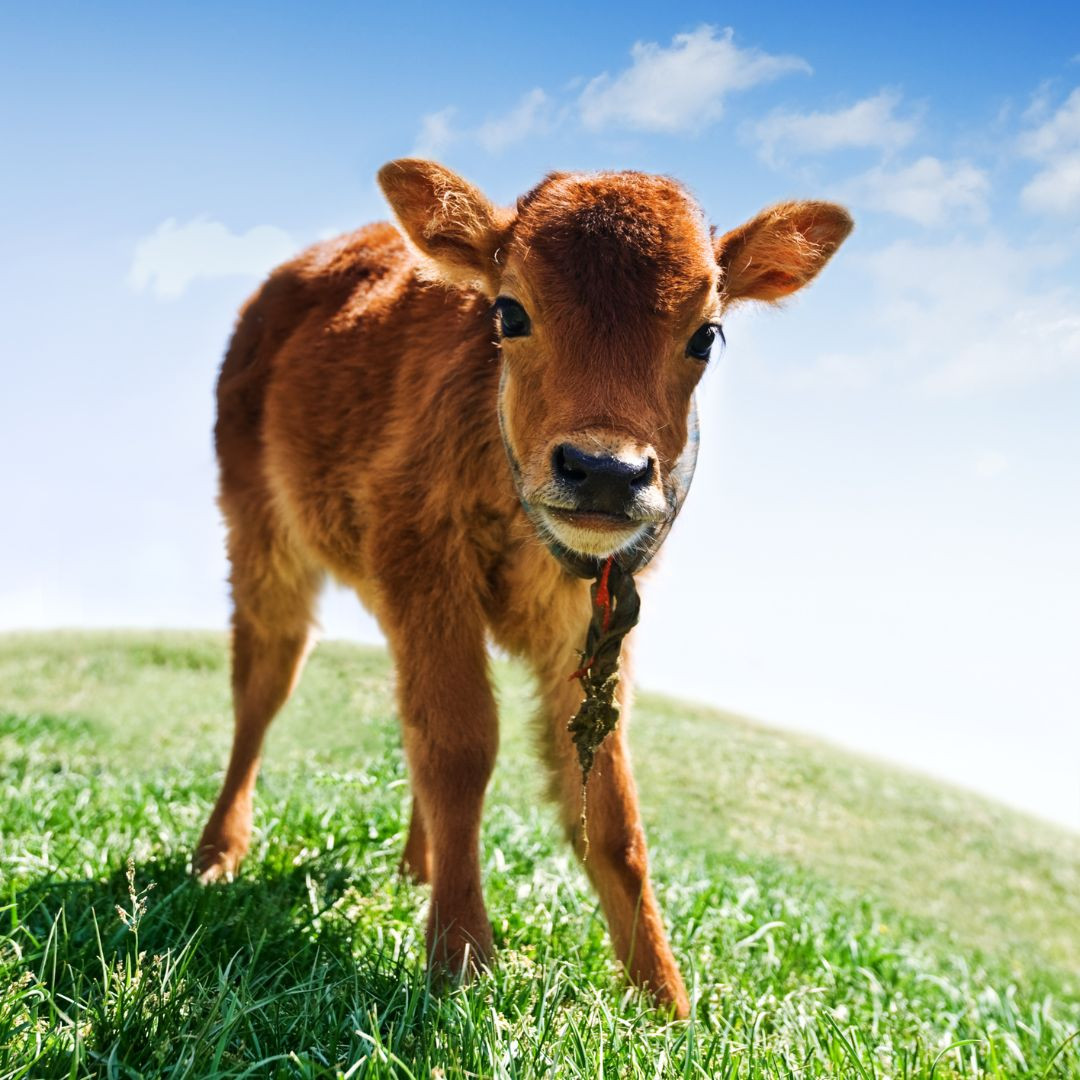
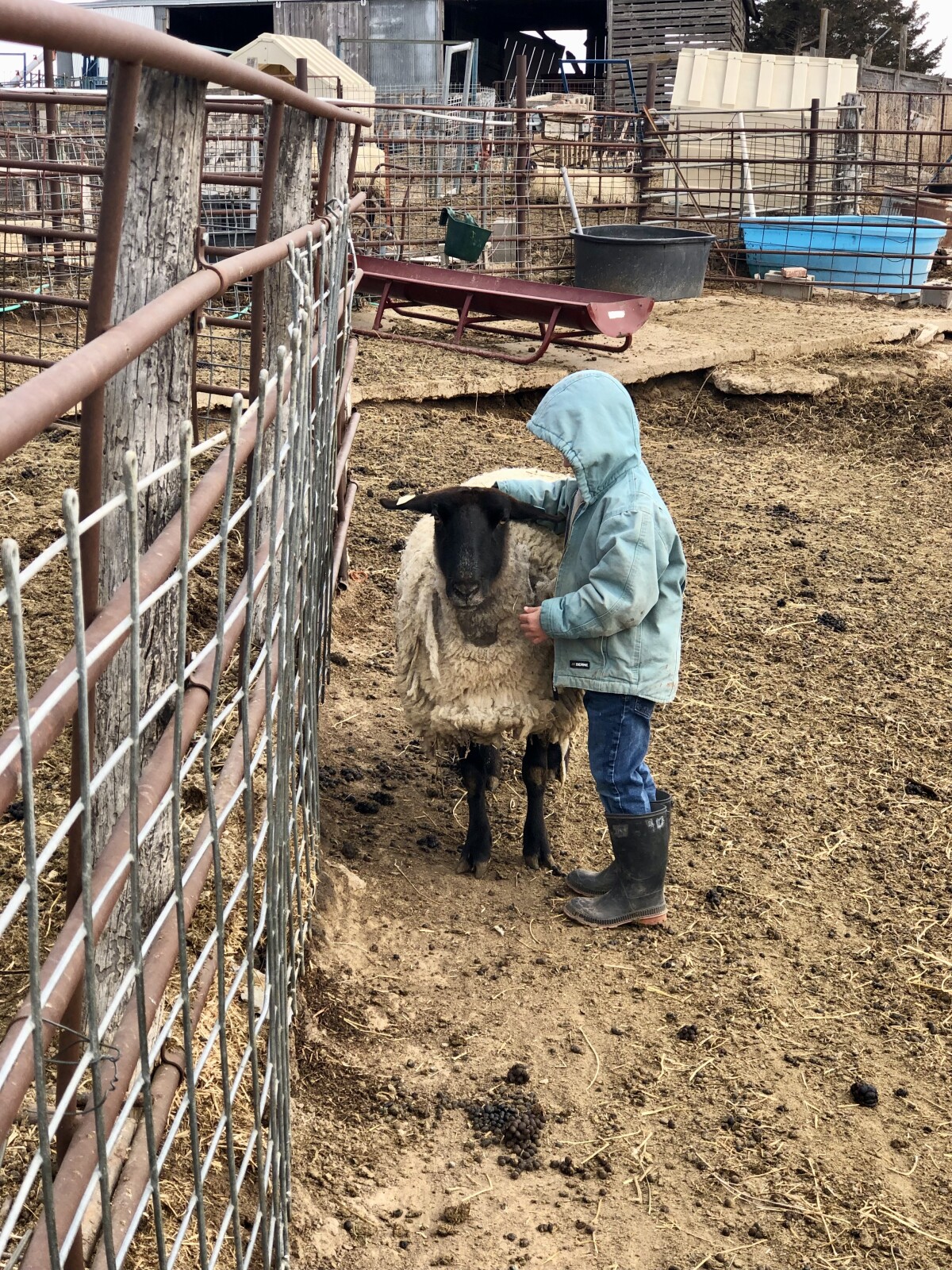
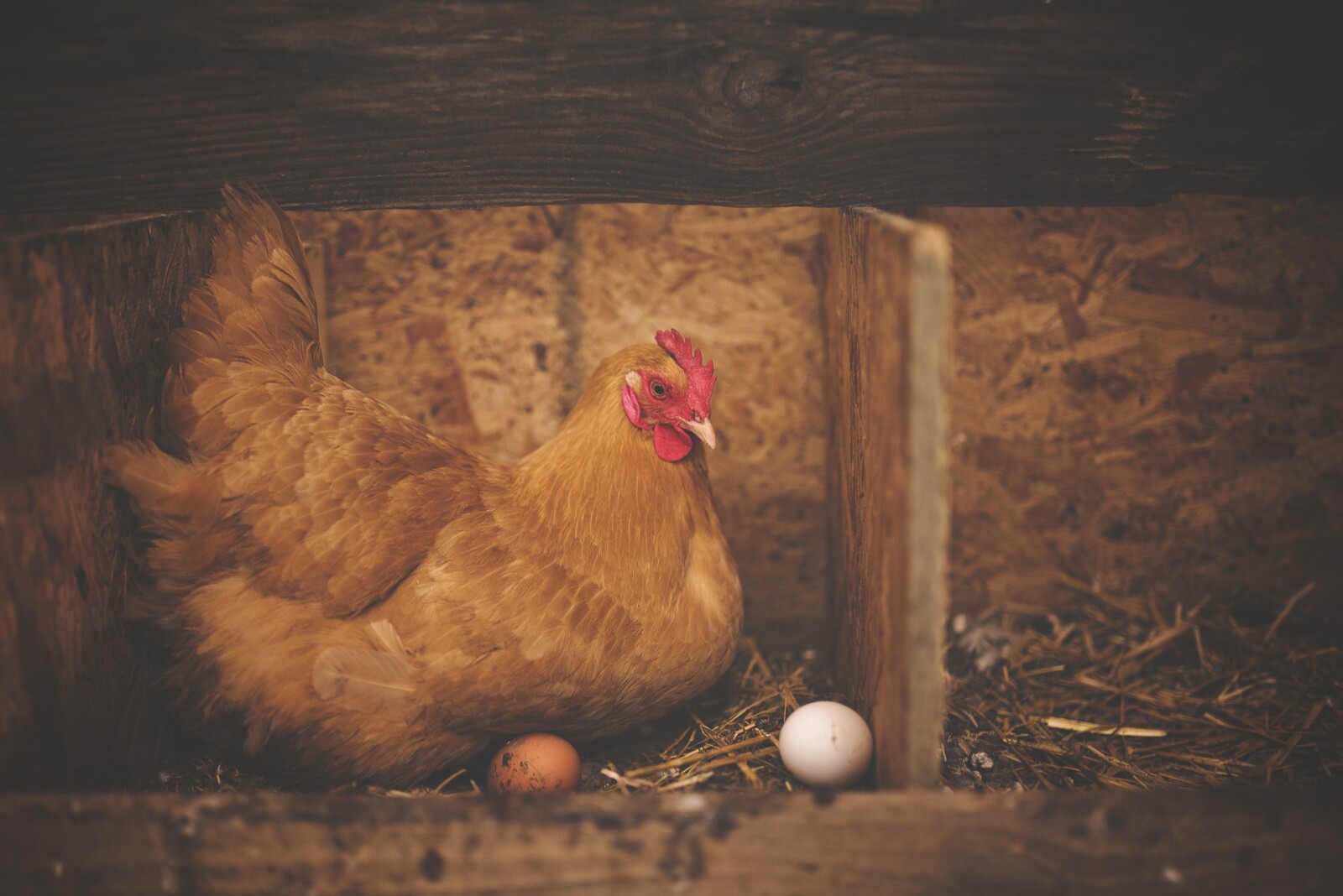
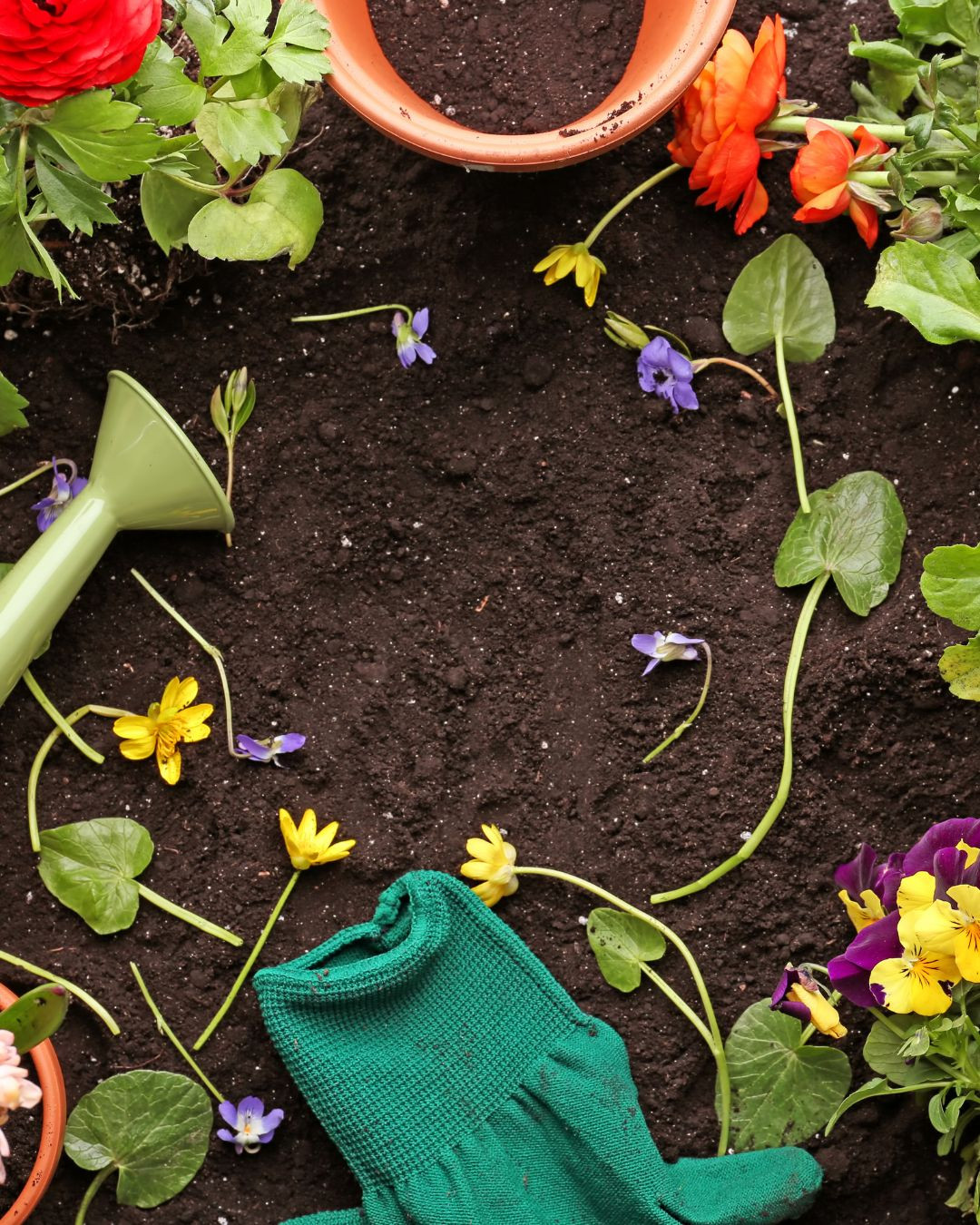


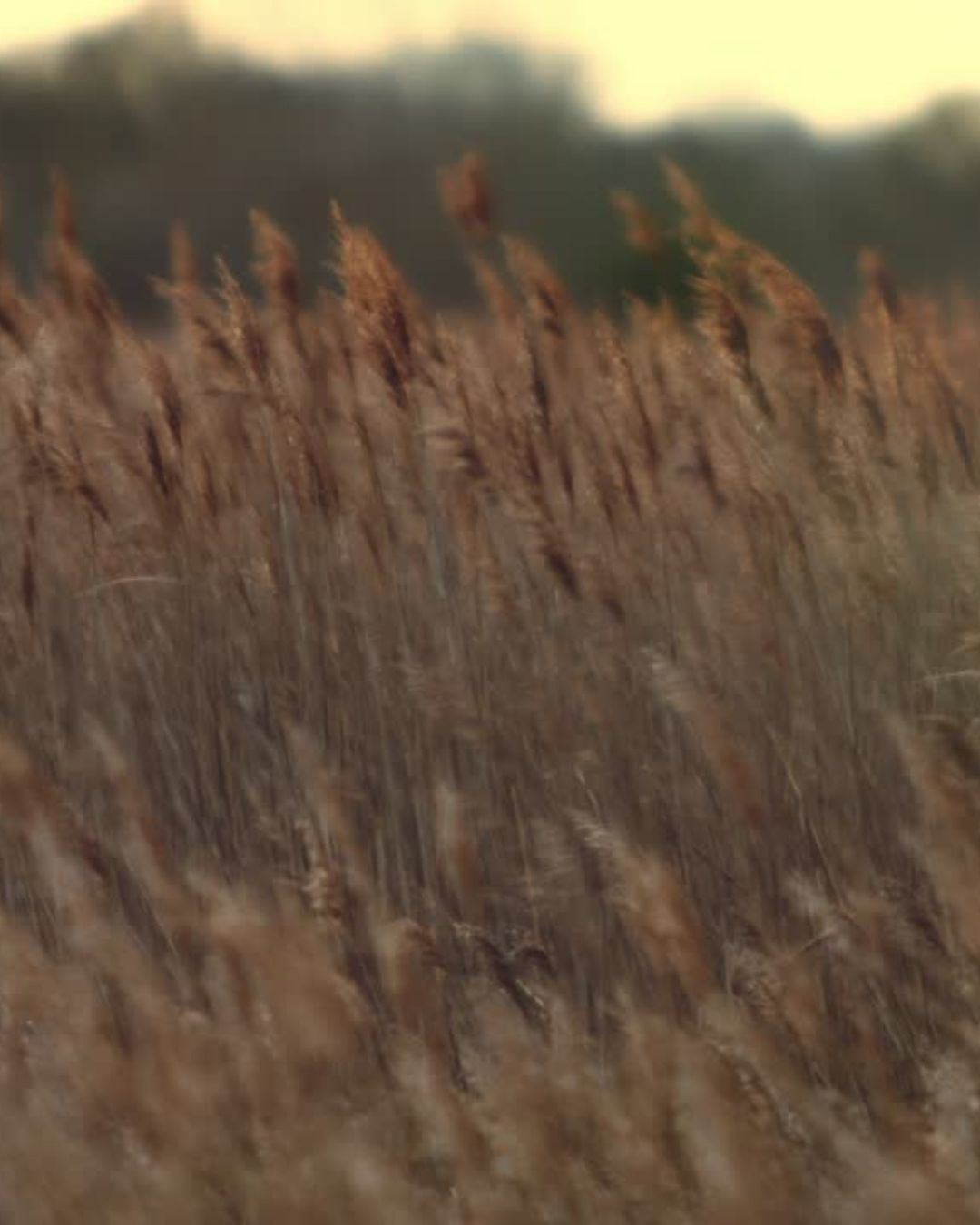
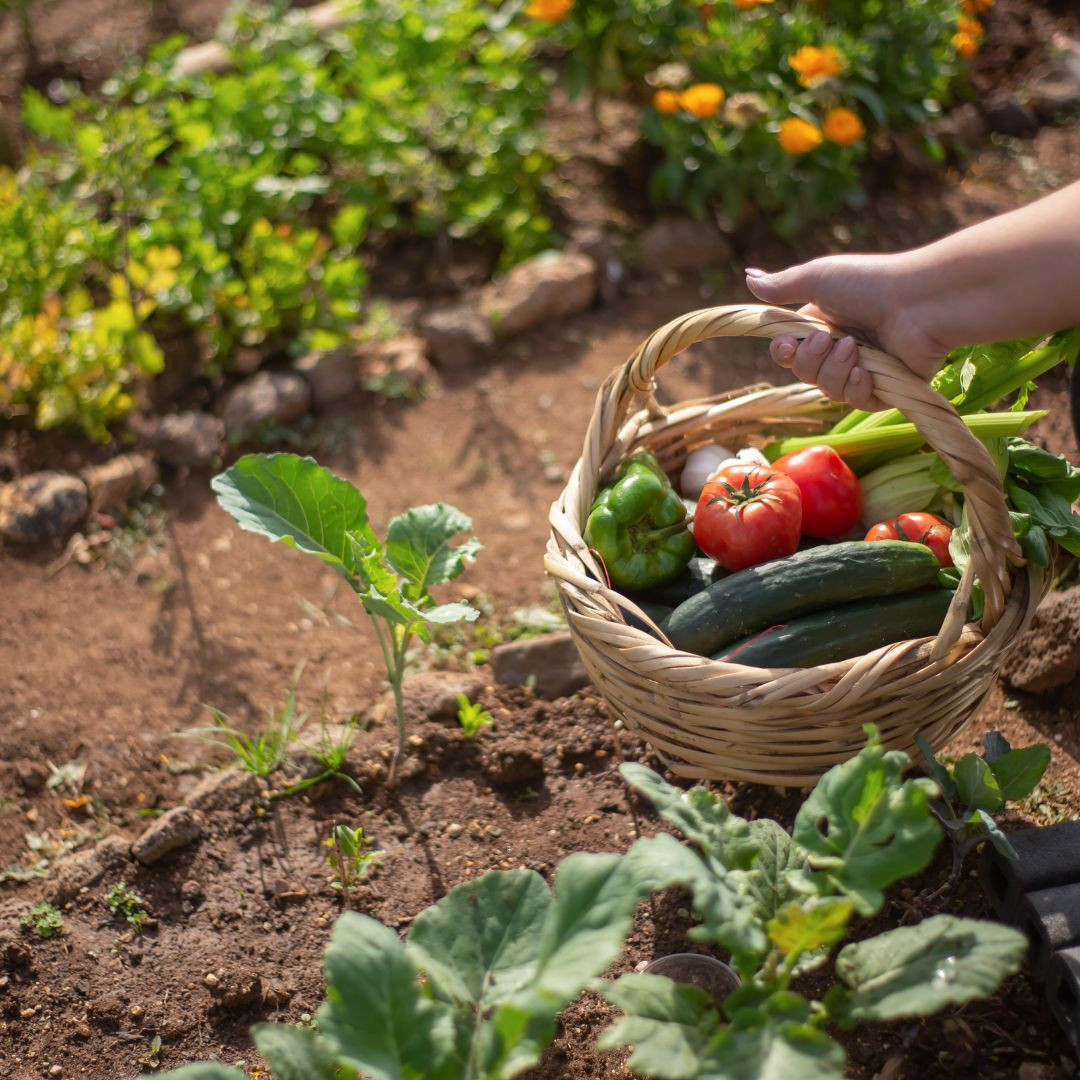
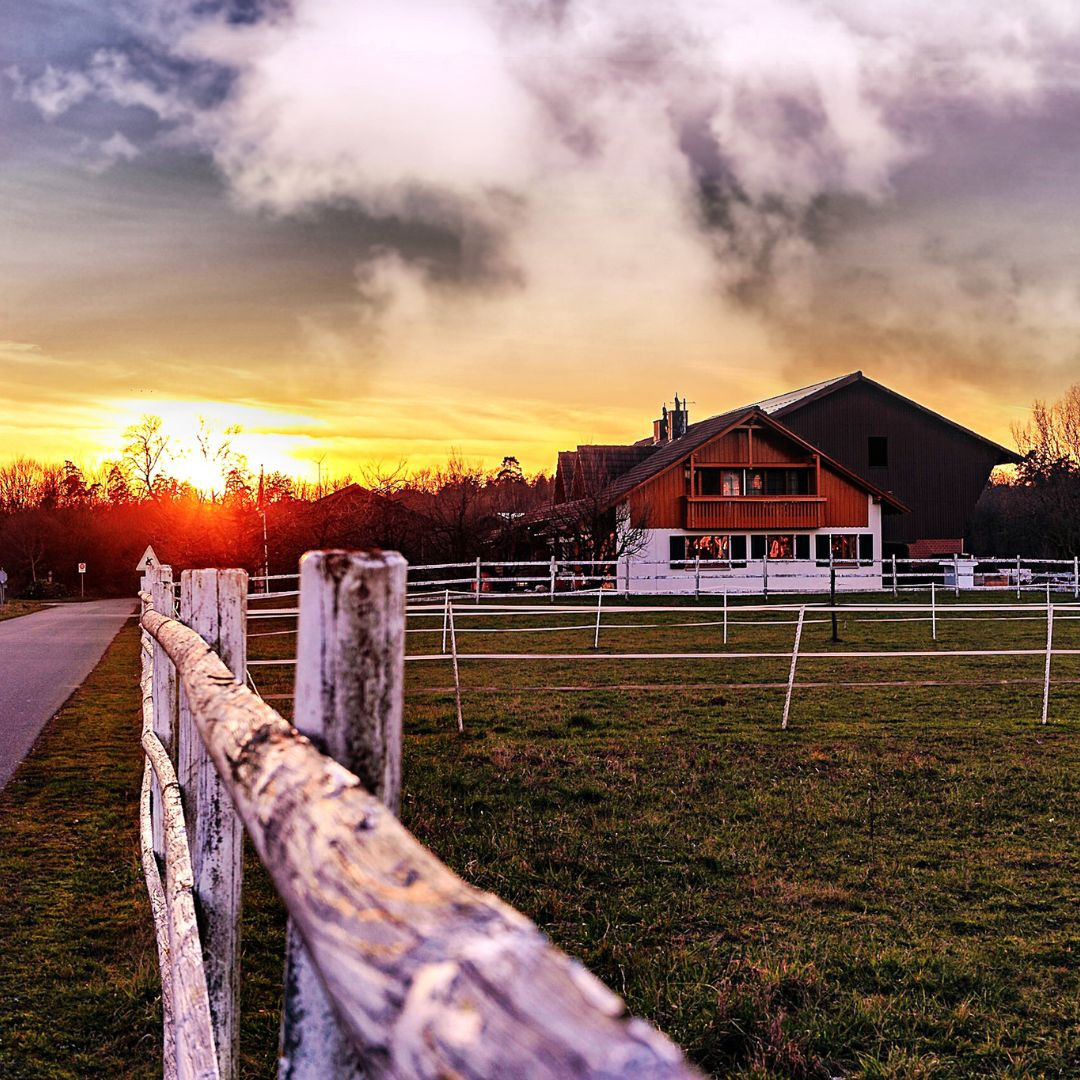

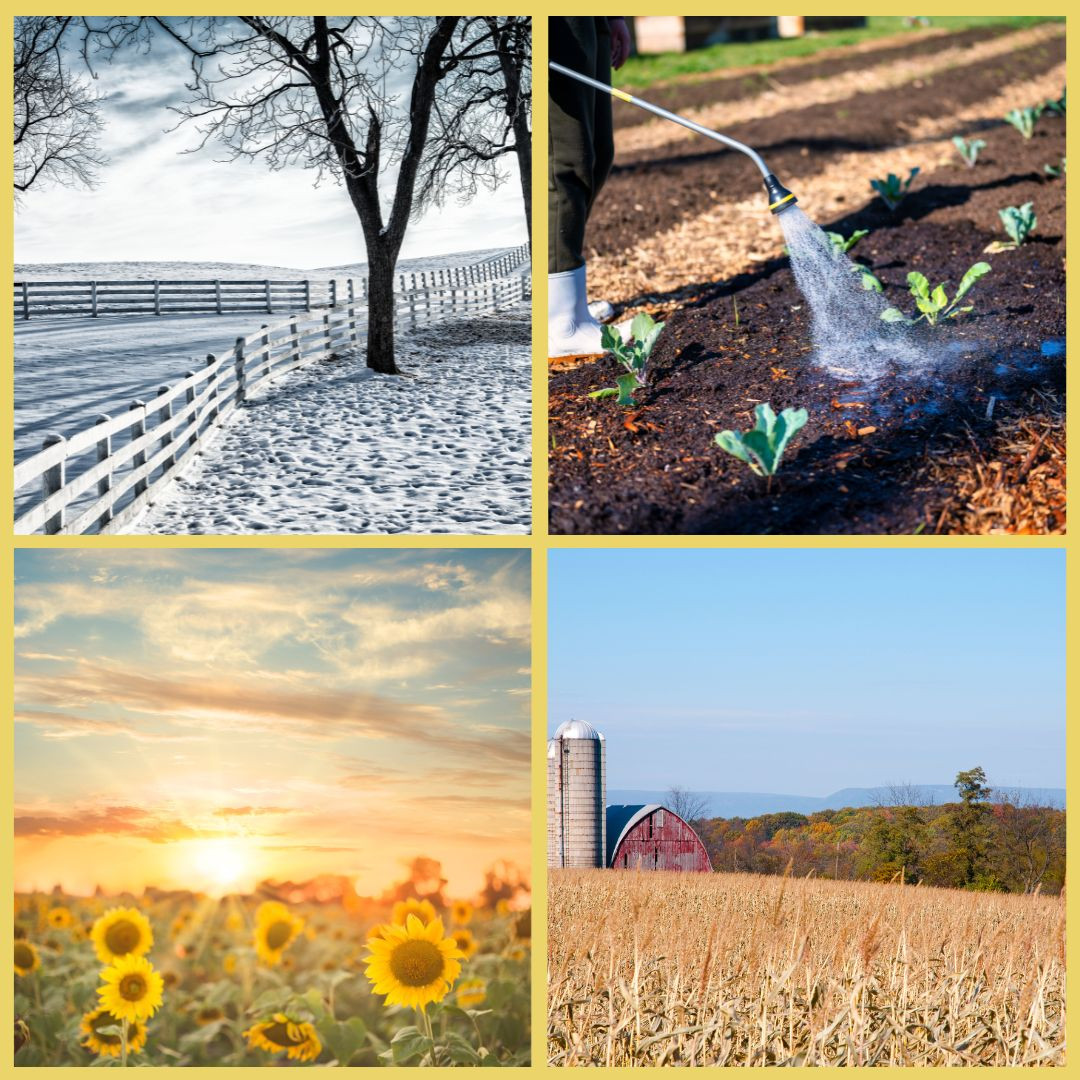


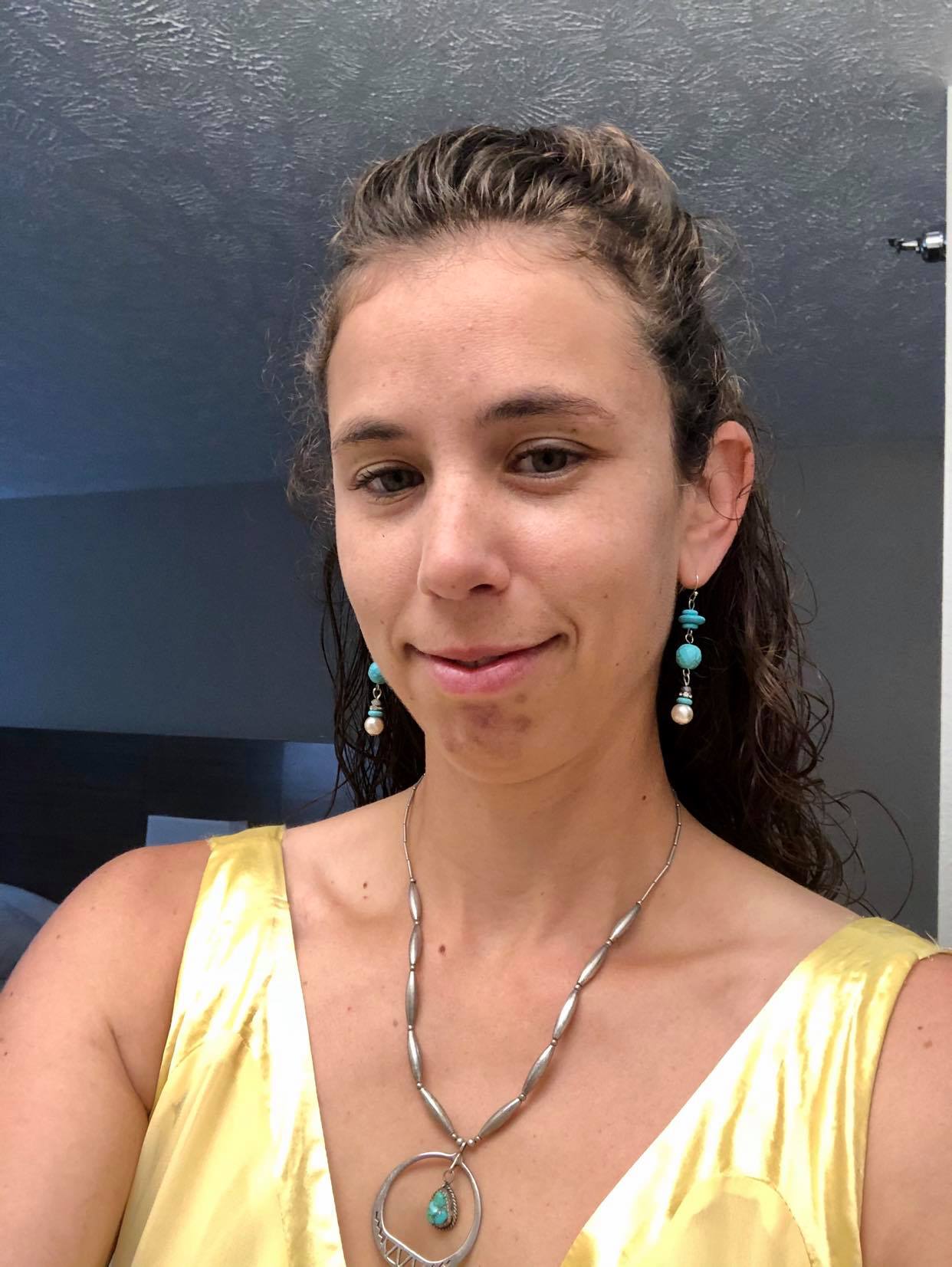
0 Comments